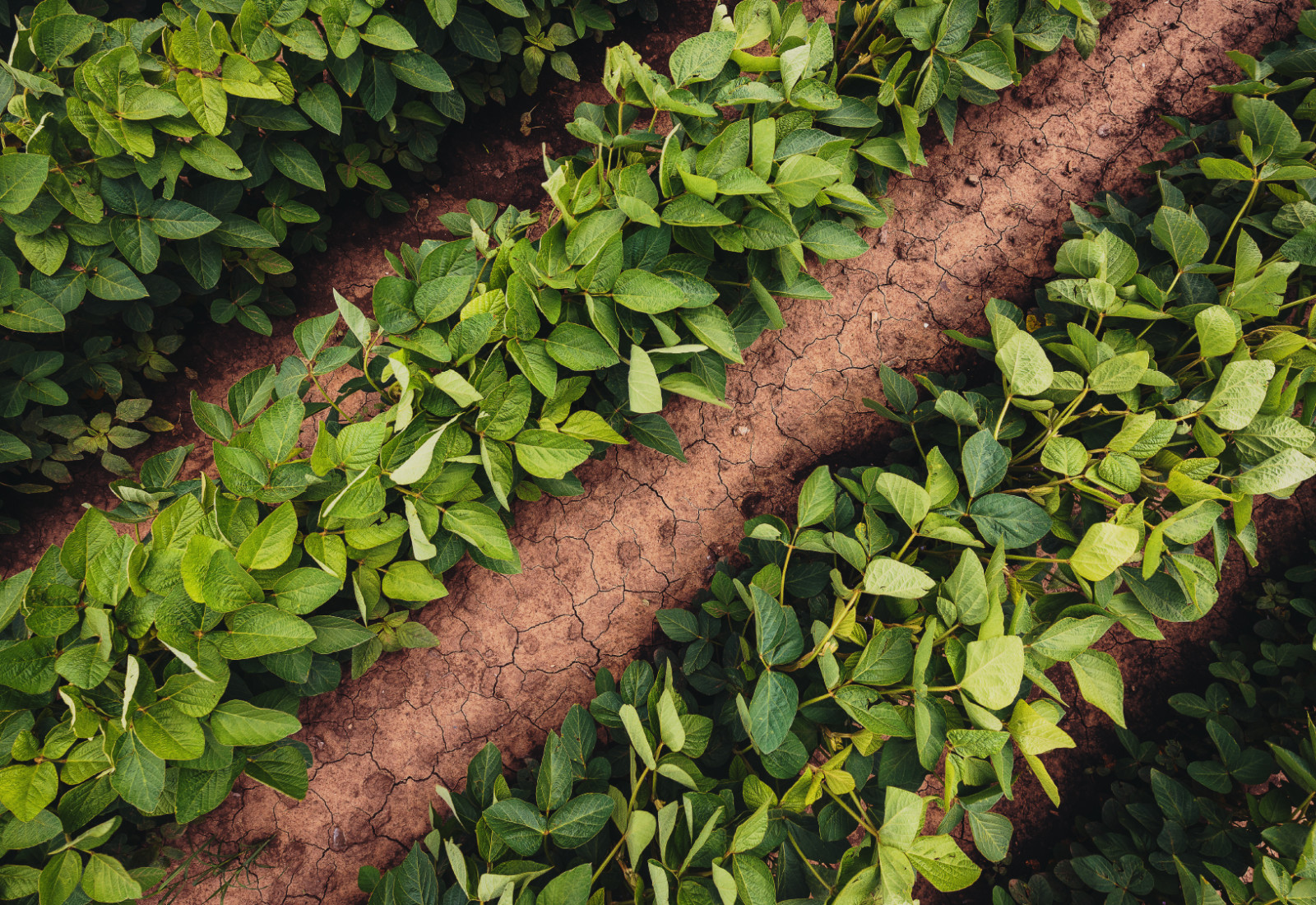In Search of the Perfect Seed

By Geoff Geddes
All growers have that moment where they find the magic seed offering bountiful harvests and wealth; then the alarm rings and they wake up. While the concept of one soybean variety that’s perfect for everyone may be a dream, finding one that works best for you is well within reach.
“Soybean growers have a number of options these days,” says Harry Davies, Production Manager with NorthStar Genetics. “When you talk about the best variety for your farm or field, the number one factor to consider is maturity. If we recommend a variety that matures too late and you get frost, we won’t have that grower for long, so we need them to succeed and have a harvestable crop in the fall.”
That said, growing multiple varieties can have some benefit in spreading out your risk and workload.
“If you’re farming in the Red River Valley in Manitoba, for example, you could grow a late-season variety like NSC Sperling RR2Y and complement it with an earlier maturing option such as NSC Redvers RR2X.”
Your weed spectrum by field is another consideration. What weeds do you have to contend with, and what is the best weed package for controlling them?
“If you have kochia, cleavers, and other tough-to-control broadleaf weeds like wild buckwheat or are concerned with glyphosate-resistant weeds, then I recommend the Roundup Ready Xtend® Crop System to keep those weeds in check.”
Growers should also think about their row spacing and seeding equipment. Certain varieties can be more like a stick and less branchy, while others are very bushy.
“For example, someone who is seeking a variety in the mid-maturity range and planning to solid seed should consider NSC Newton RR2X as it’s a tall stick plant,” says Davies. “If your goal is 20- to 30-inch row spacing, however, and you still want the same maturity range, I’d suggest NSC Gladstone RR2Y, which is a bushier plant that excels in wider row spacing. One of the worst things you can do is plant a non-bushy variety in wide rows. You want your canopy to close in for moisture conservation and better weed control.”
Though you might expect to see “yield” at the top of the list for assessing varieties, there’s a reason it doesn’t rank as number one.
“High yield is something growers demand and expect; all of our varieties have high yield potential. It’s about selecting the variety that will perform the best on each field. If we’re not delivering against customer expectations, we’re not doing our job.”
It is important to note that just because a farmer likes a variety, it doesn’t mean it will be a fit for all of their fields.
“Do you have saline soils or problems with high carbonate levels in the soil? Soybeans do not excel under those conditions, so when choosing a variety for that particular field, pick a variety that has a high rating for iron deficiency chlorosis (IDC) and that performs well in tough soils. I would also consider rotating the phytophthora gene resistance package for fields with a history of phytophthora.”
For growers with rolling land or stones, pod height might be higher on the wish list.
“Choose a variety that is a taller, stick-type plant, like NSC Newton RR2X, as they will tend to pod higher. If you’re having trouble getting the cutter bar on the combine down low due to contours or stones, a taller variety that pods higher should mean less harvest loss.”
Though the choices can seem overwhelming sometimes, it’s a problem that soybean farmers are lucky to have.
“One aspect of soybeans that sets it apart from other crops is the number of varieties on offer,” says Terry Buss, Farm Production Extension Specialist for Manitoba Agriculture, Food and Rural Initiatives. “With many crops, one or two varieties may capture half the market, but if a soybean variety gains a 10 percent share, that’s big news. For growers, that means a lot of great candidates to consider.”
“There is so much information pushed at producers in the form of advertising and unscientific side-by-side trials, so we encourage them to look at good quality trials and data in making their choices,” says Buss.
Based on that information and their specific needs, growers are encouraged to seek a balance between yield potential and maturity timing.

“We advise seeking the highest yield with the shortest season since you don’t want beans out there longer than necessary,” says Buss. “Some people are really concerned with timing, while others are prepared to take more risk on what the weather holds; you need to know your risk tolerance.”
“A good maturity strategy is 20:60:20. Grow 20 percent of your acres with an early maturing variety to minimize frost risk and to start your harvest; 60 percent in the sweet spot for your farm; and grow 20 percent of your acres with a variety that is longer season for your geography. The last 20 percent is higher frost risk for higher yield,” explains Davies.
The last step in selecting a variety is based on an old adage: seeing is believing. There are many NorthStar Genetics demonstration plots, trials, and fields to explore.
“I can’t stress enough that once you have a few choices in mind, nothing beats trying them,” says Buss. “I also caution people not to try something new just because it’s new. Use a variety if it makes sense and fits with your operation.”
Selecting the right variety might not be magic, but if it conjures up a healthy crop and a healthier bottom line, it’s the next best thing.


